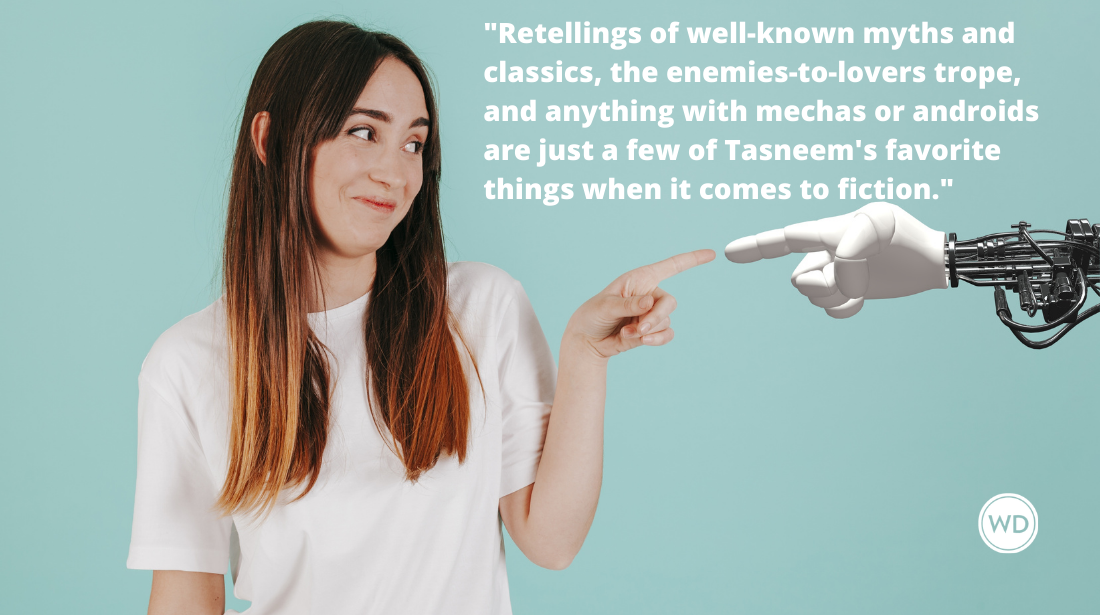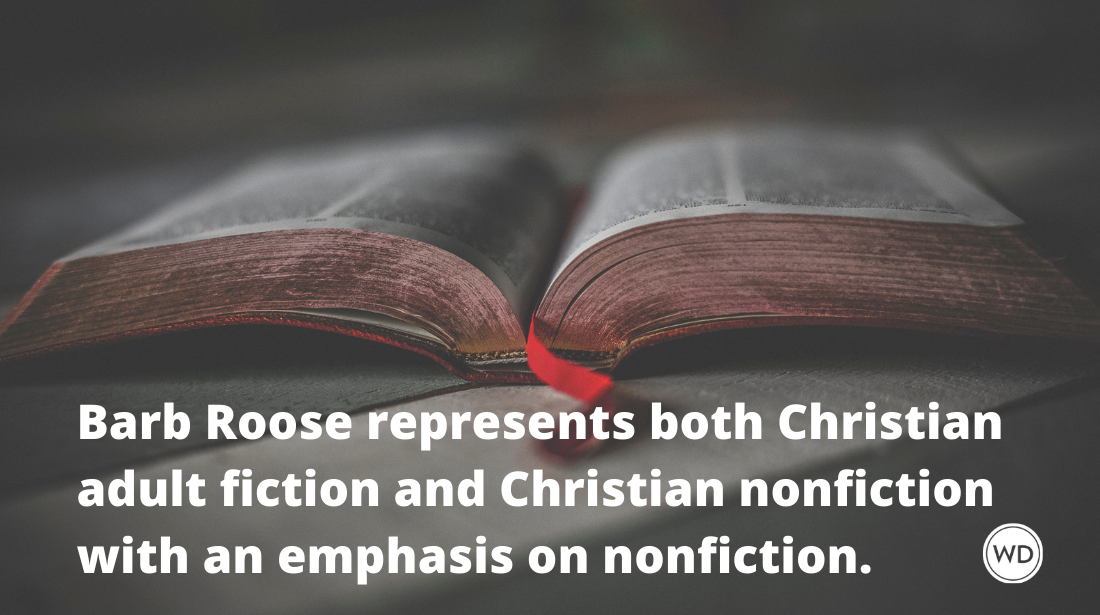How Writers Can Use Twitter for Networking and Success
While Twitter is useful for writers for a myriad of reasons, networking takes the cake. Using Twitter, we can connect with people who would be out of reach otherwise, people who live far away or are more important or simply uninterested in us. As I sometimes explain to newbies, if Facebook is for connecting with people you know, Twitter is for connecting with people you’d like to know. Guest column by Alexis Grant, a journalist and social media coach, who’s writing a travel memoir about backpacking solo through Africa.
Whenever I mention having made a connection on Twitter, people want to know how I did it. How’d you find a critique partner on Twitter? An agent? A book blogger to interview on your blog?
While Twitter is useful for writers for a myriad of reasons, networking takes the cake. Using Twitter, we can connect with people who would be out of reach otherwise, people who live far away or are more important or simply uninterested in us. As I sometimes explain to newbies, if Facebook is for connecting with people you know, Twitter is for connecting with people you’d like to know.
4 TYPES OF PEOPLE WRITERS CAN GET TO KNOW USING TWITTER:
1. FELLOW WRITERS
One of the best parts of using Twitter as a writer is becoming part of the strong support community. To be considered a key player, you’ve got to provide good content. This is the #1 networking rule no matter who you’re trying to reach. To convince anyone to follow you back, you should offer tweets that are valuable, whether they’re useful or entertaining or both. Post helpful advice. Share links to insightful blog posts. Make us laugh. Be a supporter. Whatever you do, make sure your Twitter feed is full of tweets we want to read—and not about how you’re late for your dentist appointment.
Check out hashtags like #amwriting, #askagent and #memoir, which will allow you to see tweets on those topics by people you’re not following. Look at lists other writers have created for ideas of people to follow. For example, I’ve got a list of writers working on travel memoirs. Mashable created a list of top-tweeting authors. If you look hard enough, you’ll find lists of romance writers, poets, YA writers, and more.
But what if there’s someone you want to connect with who isn’t following you back? To get his attention, reply to or retweet (pass along) one of his tweets, tacking on a positive comment. Note: Be sure to retweet the “old” way, by cutting and pasting the tweet, rather than pressing the “new” RT button, so the tweep you’re RTing sees that you did it—and hopefully follows you back.
2. YOUR TARGET AUDIENCE
Some writers make the mistake of networking only with other writers. Instead, you should be connecting with the people who will buy your book—your target audience. Since I’m writing a travel memoir, for example, I look to interact with tweeps who are interested in travel, Africa, and career breaks.
Think strategically about how to reach your target audience. Which hashtags do those communities use? Add them to your tweets. Which Twitter chats do they participate in? Join those conversations. Use a Twitter directory like We Follow to seek out the influencers in those communities, the people with the biggest followings, and reply to them or RT their tweets so they notice you. Search Listorious for lists pertaining to your topic, and use those lists to find more tweeps to follow and interact with.
3. LITERARY AGENTS
Agents may not follow you back—but watching their feeds can be a great way to glean insight about the publishing industry.
It’s also an opportunity to get to know one agent in particular, perhaps one you’re planning to query. Through an agent’s Twitter feed, you can find out what types of projects she looks for, what she’s like as a person, and what turns her off in a query. When you’re ready to approach her, all that information will help you personalize your pitch and explain why she would be a good fit for you and your book.
How do you find agents to follow? Google the name of the agent you’re looking for, plus “Twitter”—because Google’s search function often works better than Twitter’s. Look at who she interacts with in her Twitter stream. Once you’ve followed a handful of agents, create a list, so you can easily look at tweets only by them. Pull that list, as well as the other lists you’ve created, into your own Hootsuite account. This free application not only makes Twitter easier to use, it makes your lists easier to track.
You can also check out already-created lists of literary agents or track the #askagent conversation.
4. OTHER AWESOME "TWEEPS" (PEOPLE WHO TWEET)
If you could connect with anyone, who would it be? Maybe you want to network with book bloggers who might review your book. Or journalists who cover the topic you write about. Or editors who need freelancers. Or bookstores. Or publishers. Use any or all of the strategies covered above to find these people and help them notice you.
The power of Twitter is in meeting new people and creating relationships—and then bringing those relationships off Twitter. As you interact with writers, you’ll no doubt turn to e-mail to communicate in more than 140 characters, then maybe to phone … And before you know it, you’ll have a new critique partner or blogger who wants to review your book or some other connection that’s vital to your professional network.
Alexis Grant is the managing editor of The Write Life. Grant is also an entrepreneurial writer and digital strategist, with a focus on careers and the workplace. All of her work falls under one umbrella: helping others create the life you want to live.







